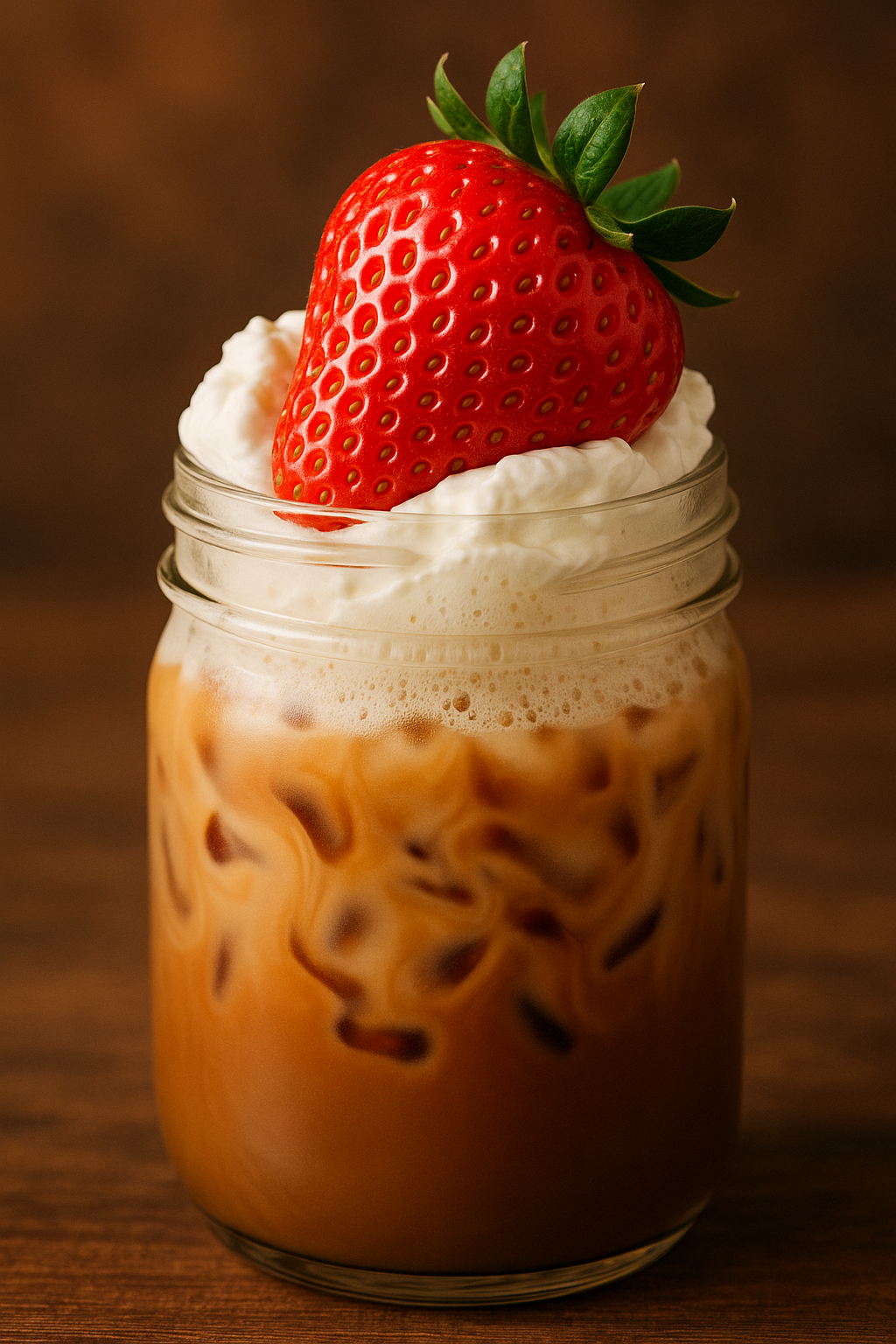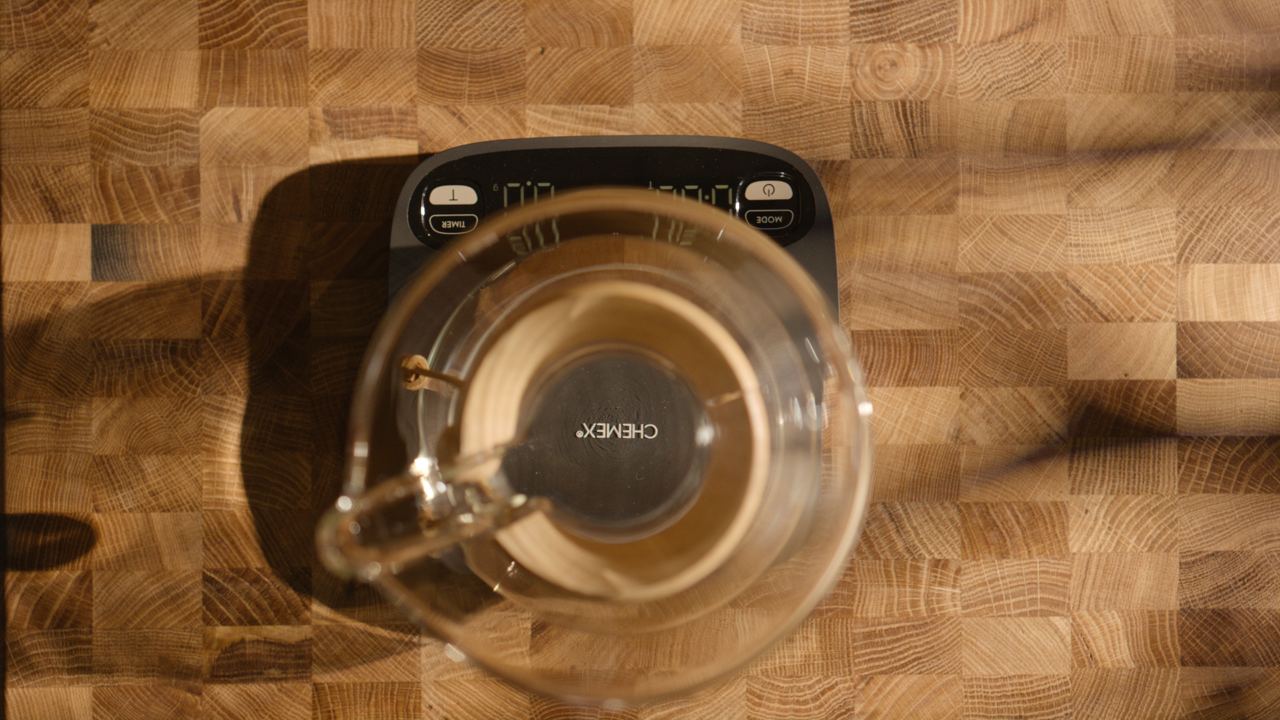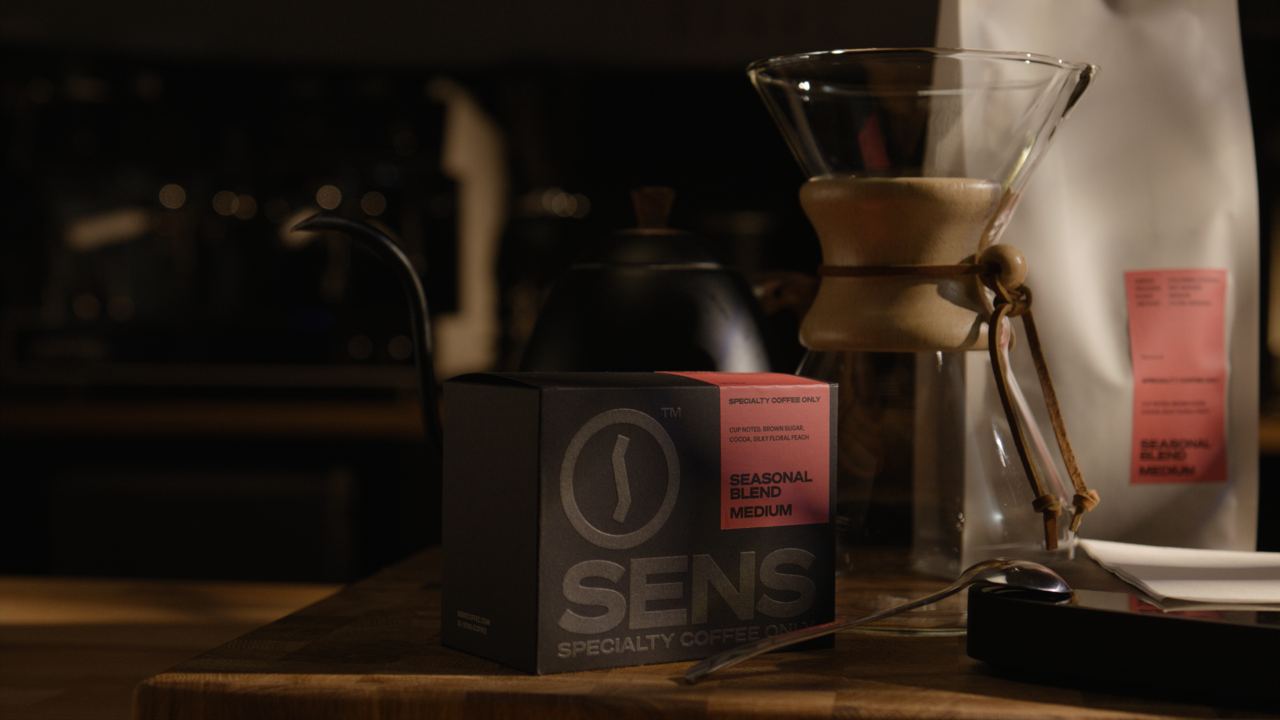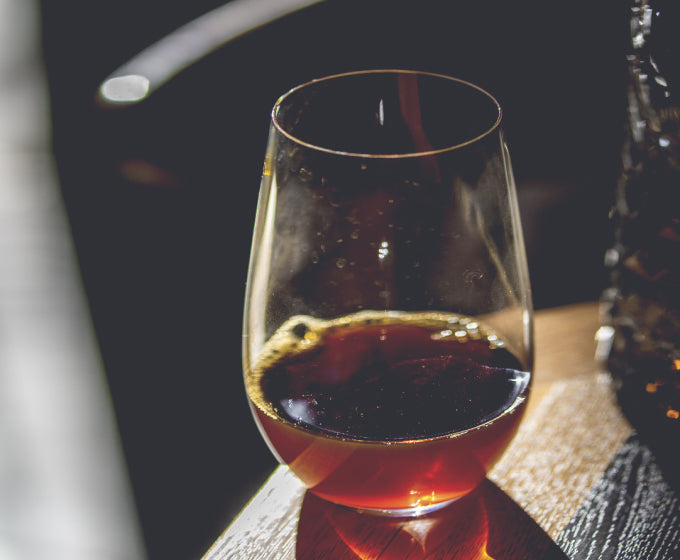A new coffee destination in San Antonio, Texas, is redefining the cafe experience with a focus on simplicity and presence. NoFi Slow Bar, located in the Beacon Hill neighborhood, embraces a minimalist approach—no syrups, no sweeteners, no paper cups, and no Wi-Fi. Drinks are served exclusively in ceramic cups for in-house enjoyment, encouraging customers to slow down and fully appreciate their coffee.
“We wanted to push the envelope and present astounding coffees and teas in their most basic form,” said NoFi Slow Bar Co-Owner Hana Buck. “As we evolve, we are certainly interested in exploring craft coffee beverages, perhaps with unconventional brewing methods or additional ingredients, mixologist-style.”
Despite the lack of takeout options, the reception has been overwhelmingly positive. “Folks have been graciously receptive to our policy and supportive of our vision for a slower-paced coffee experience,” Buck said. “No one has been so bold as to bring their own cup—yet. And if they so choose, that’s their prerogative.”
The 1,000-square-foot space is designed to foster relaxation, with earth tones, wood and stone surfaces, and warm lighting. Thoughtful details, such as a Tiffany stained glass lamp and a bonsai tree, contribute to the shop’s calming atmosphere. Guests can also enjoy music played from vinyl records through a vintage high-end sound system.
“NoFi was meant to be a place for intention and mindful presence,” Buck said. “It feels like the shop has always been there, sparking a pseudo-familiarity that makes you feel right at home. The black-and-white mosaic tile floor and dark, moody aesthetic make you feel like Ernest Hemingway, if he drank coffee instead of rum.”
Buck and her husband, Rolando Almaraz, also own Bright Coffee, a San Antonio multiroaster cafe that opened in 2022. While both shops highlight high-quality coffee and premium audio experiences, their aesthetics and approaches differ. Bright Coffee features a mid-century-modern design with mirrored walls and wooden floors, while NoFi’s ambiance is darker and cozier. Bright’s menu includes creative lattes with flavors like pistachio-cardamom, red bean, and sesame, whereas NoFi focuses on pure, unadulterated coffee.
“The design of NoFi and Bright are polar opposites, but they are definitely sister shops in some ways,” Buck said. “There is a feeling of coziness in both shops that is prioritized. We want customers to feel comfortable and settle in at both.”
Buck’s journey in specialty coffee began in 2013 with her first job at Starbucks. Over the years, she worked at various San Antonio specialty coffee shops, including Estate Coffee Co., where she refined her expertise.
At NoFi, she continues exploring the possibilities of coffee with a Slayer Espresso V3 machine, an Option O Lagom 01 single-dose grinder with Mizen 102-millimeter blind flat burrs, and a Ground Control Cyclops for larger batch brews. The slow bar also features a selection of Fellow kettles for coffee and Brewista kettles for tea.
Roasting takes place in a 400-square-foot space on-site, where NoFi partner David Falk oversees the process. The cafe primarily sources green coffee from Ally Coffee and Crop to Cup. While there are plans to transition both NoFi and Bright to exclusively house-roasted coffees, quality remains the top priority.
“The main priority is a tasty cup,” Buck said. “Outside of that, we want consistency and uniqueness. We want to share the spectrum of what coffee can be with our city. If we can roast a crisp, clear Panama Gesha or a Colombia co-ferment well, and our guests can have a wonderful experience, that’s a win for us.”






